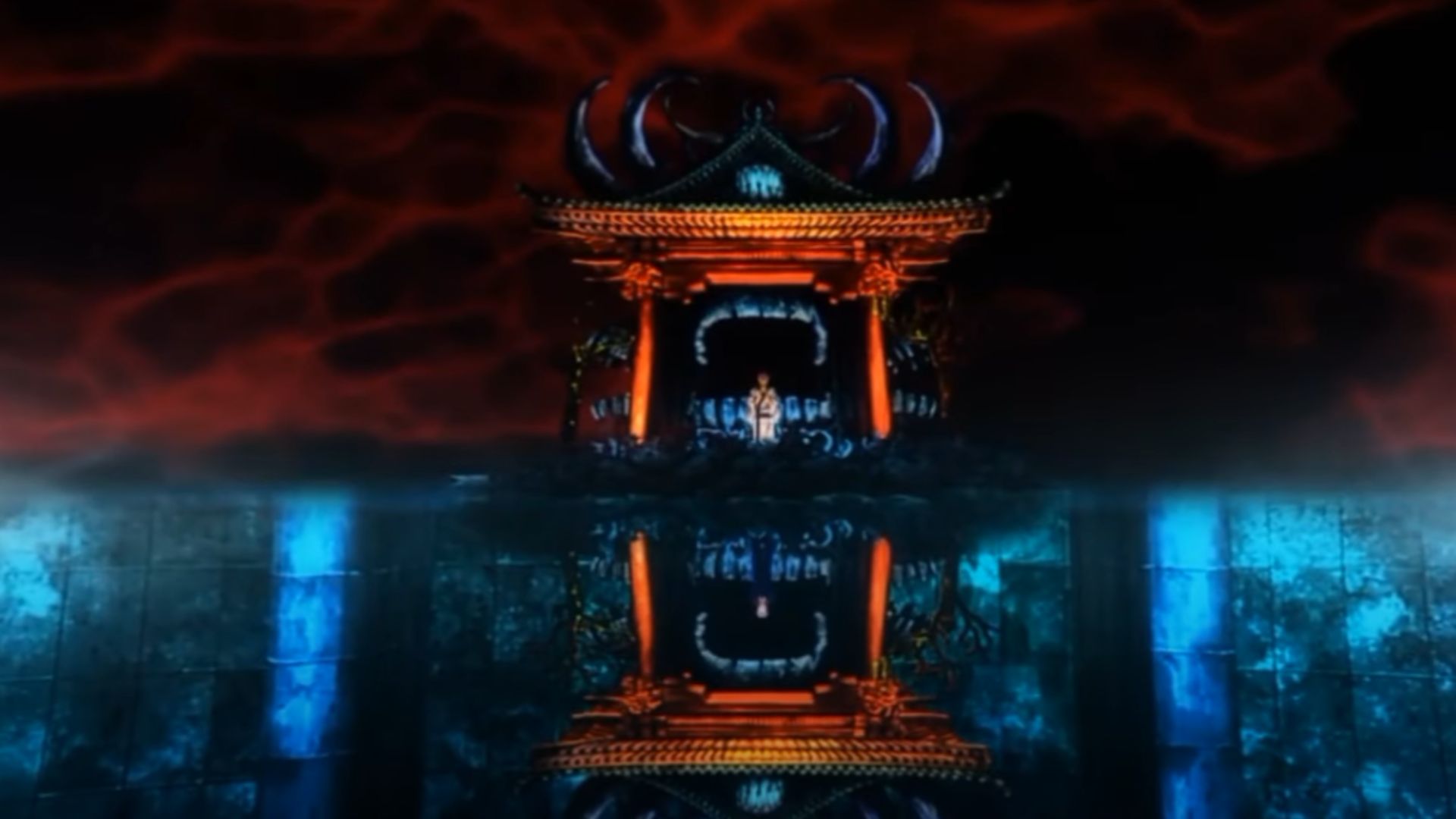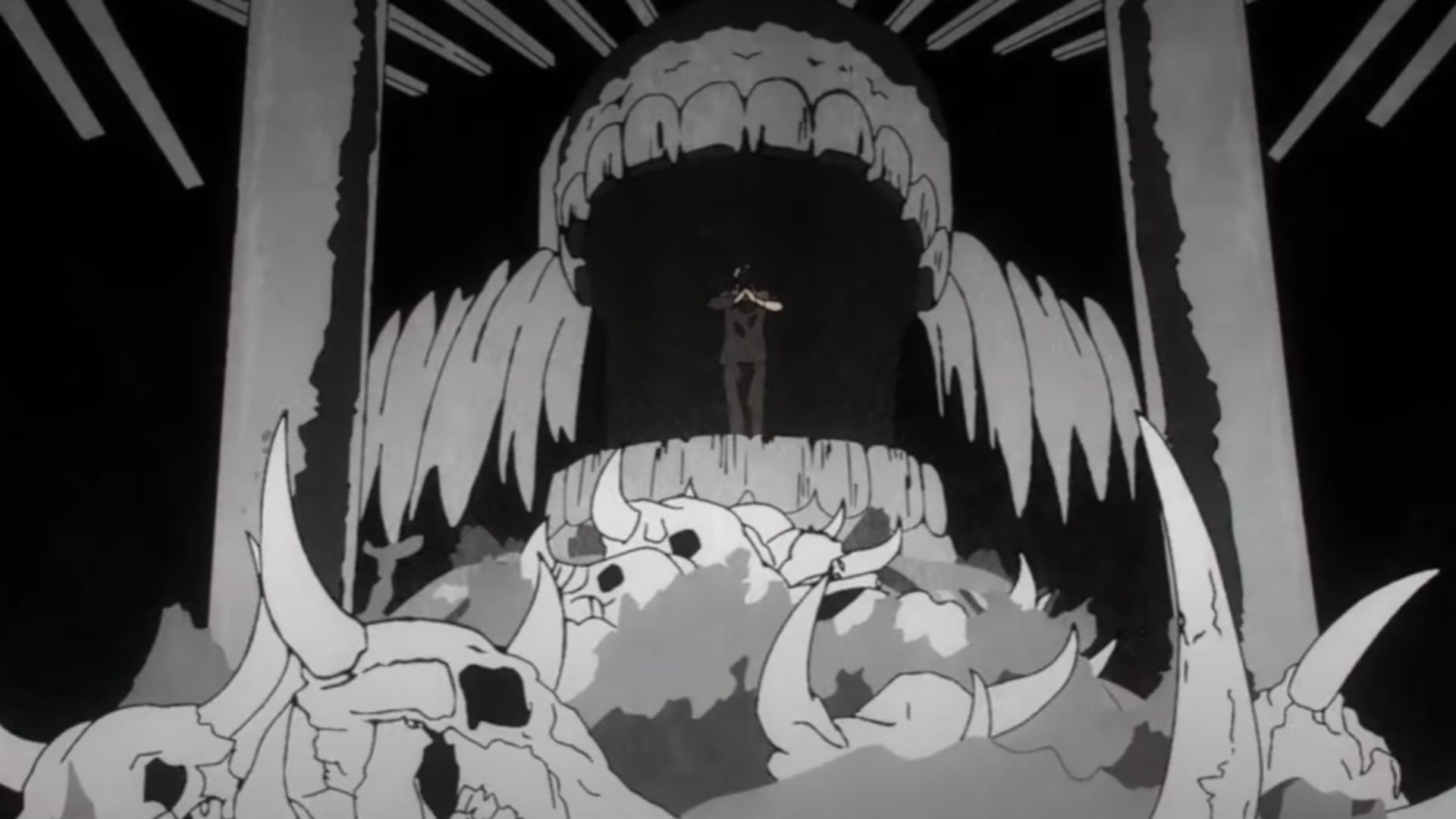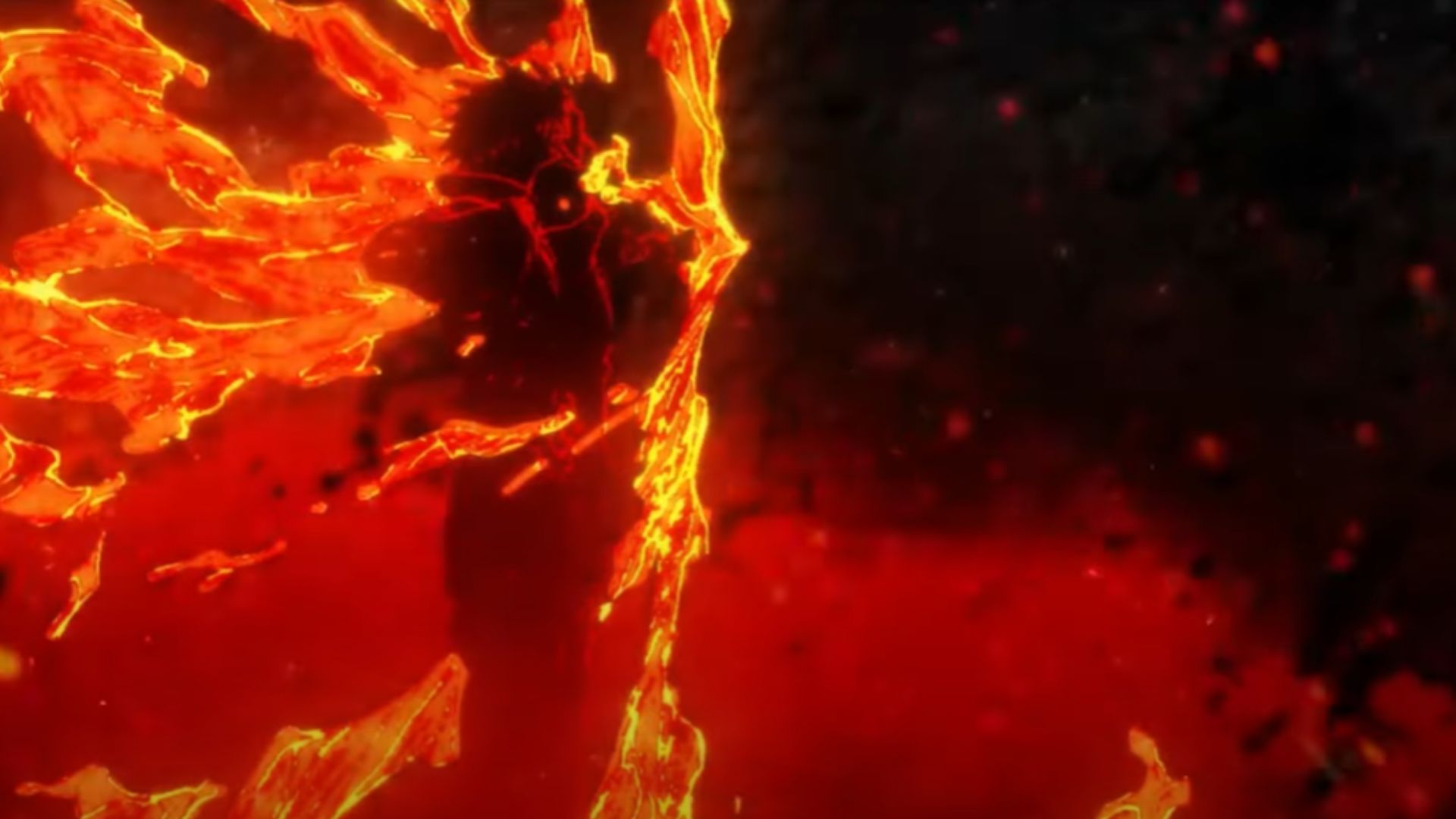Sukuna’s Malevolent Shrine: Jujutsu Kaisen’s barrierless Domain Expansion. The King of Curses’ apex weapon.

In Jujutsu Kaisen, Domain Expansions are the ultimate flex of a sorcerer’s power—essentially their way of saying, “This is my world, and you play by my rules.” These domains create a personalized battlefield where an opponent has almost no chance of dodging attacks. It’s a guaranteed-hit scenario, making it one of the deadliest techniques in jujutsu combat. While most domains, like Satoru Gojo’s Unlimited Void or Mahito’s Self-Embodiment of Perfection, depend on confined barriers, Sukuna’s Malevolent Shrine defies these models.
This innovation reflects his status as the strongest sorcerer in history, qualified to manipulate jujutsu principles to his advantage. Its open structure and devastating efficiency make it a unique anomaly in jujutsu, unmatched even in the modern era.
This article will break down why Sukuna’s domain is an absolute nightmare and how it defies the usual rules of jujutsu.
Who Is Sukuna in Jujutsu Kaisen?

If you’re not familiar with Ryomen Sukuna, just know this—he’s the ultimate villain in Jujutsu Kaisen. Known as the King of Curses, Sukuna was a legendary sorcerer from the Heian Era who was so powerful that no one could kill him. Instead, his body was divided into 20 cursed fingers, each containing a piece of his immense power.
Fast forward to the present, and Yuji Itadori ends up swallowing one of Sukuna’s fingers, bringing him back to life—at least partially. Even with only a fragment of his original power, Sukuna remains a terrifying force, effortlessly wiping out special-grade curses and elite sorcerers.
Historically, Sukuna’s dominance stemmed from his innate understanding of cursed energy, allowing him to refine techniques like Cleave and Dismantle into art forms. His philosophy is simple: power decides everything. Weakness is unforgivable, and destruction is just part of the natural order.
What Makes Malevolent Shrine Unique?

Sukuna’s Malevolent Shrine redefines Domain Expansions by abandoning the standard barrier system. Traditional domains, such as Dagon’s Horizon of the Captivating Skandha, trap targets in a separate space. But Sukuna’s technique manifests as a physical shrine fused with reality. This open-domain structure creates a binding vow: by forfeiting the barrier’s confinement, Sukuna extends his domain’s effective range to 200 meters, far surpassing conventional limits.
The shrine’s design—adorned with bovine skulls, demonic mouths, and gnarled pillars—mirrors Sukuna’s twisted divinity. Unlike other domains requiring chants or hand signs, Malevolent Shrine activates instantaneously, showcasing Sukuna’s unparalleled mastery. Additionally, its attacks—Cleave (adaptive slashes for living targets) and Dismantle (fixed slashes for objects)—operate autonomously, eliminating the need for manual control. This autonomy allows Sukuna to multitask, as seen in Shibuya when he fought Mahoraga while decimating the city.
Why is this such a big deal? Because it bypasses one of the biggest weaknesses of Domain Expansions—barrier battles. Normally, a stronger domain can break a weaker one. But since Malevolent Shrine has no barrier, there’s nothing to break. It exists as part of reality, making it nearly impossible to counter.
How Does Sukuna’s Malevolent Shrine Work?

Malevolent Shrine operates on two core techniques: Cleave and Dismantle. Cleave adjusts its slash’s potency based on the target’s cursed energy level, ensuring a lethal strike regardless of durability. Dismantle, meanwhile, delivers uniform slashes to inanimate objects, reducing structures to rubble.
When Sukuna activates his domain, these techniques activate simultaneously, flooding the area with countless invisible slashes. During the Shibuya Incident, Sukuna fine-tuned Malevolent Shrine to spare Megumi Fushiguro by narrowing its radius to 140 meters, demonstrating precise control. The domain’s efficiency lies in its automation—once deployed, it requires no further input from Sukuna, allowing him to focus on other tasks.
The domain’s open nature makes it immune to counterattacks. Since there’s no physical barrier, opponents can’t use the typical strategy of breaking a domain from the inside. The only way to stop Malevolent Shrine is to defeat Sukuna himself, which is easier said than done.
However, sustaining Malevolent Shrine demands immense cursed energy, a non-issue for Sukuna due to his near-bottomless reserves. Crucially, the domain’s open structure avoids the “barrier battle” weakness of traditional domains; opponents cannot overpower it by attacking its shell, as it lacks one. Despite this, Malevolent Shrine remains a flawless technique, embodying Sukuna’s mantra: “Domination through absolute power.”
Malevolent Shrine vs. Other Domains

Most Domain Expansions prioritize trapping foes to maximize their guaranteed-hit effect. For example, Gojo’s Unlimited Void overwhelms targets with infinite information, while Mahito’s Self-Embodiment of Perfection manipulates souls. Malevolent Shrine, however, forgoes psychological warfare for indiscriminate annihilation. Its open structure allows Sukuna to bypass domain clashes entirely.
During his battle with Gojo, Malevolent Shrine targeted Unlimited Void’s external barrier, exploiting its vulnerability to external attacks. This tactic crushed Gojo’s domain from the outside, a strategy impossible for enclosed domains. Additionally, Sukuna’s domain avoids the “burnout” effect post-domain expansion, as it doesn’t require a barrier to sustain.
Comparatively, sorcerers like Jogo or Dagon risk exhaustion after deactivating their domains. Malevolent Shrine also outranges most techniques: its 200-meter radius dwarfs Megumi’s incomplete Chimera Shadow Garden (15 meters) and even Gojo’s domain (estimated 100 meters). While Gojo’s Unlimited Void can temporarily immobilize Sukuna, Malevolent Shrine’s relentless slashes force opponents into a defensive battle of attrition.
Conclusion
Sukuna’s Malevolent Shrine stands as the zenith of Domain Expansions in Jujutsu Kaisen, a technique refined over centuries of carnage. Its open structure, boundless range, and autonomous attacks render it incomparable to modern jujutsu. While other domains rely on gimmicks or psychological manipulation, Malevolent Shrine delivers unadulterated destruction.
No sorcerer—past or present—has managed to replicate its mechanics, proving that Sukuna operates on an entirely different level. For anyone facing Sukuna in combat, there’s only one real option: run!
Looking For More?
Thank you for reading the article. We provide the latest news and create guides for Baldur’s Gate 3, Starfield, ARK Survival Ascended, and more. Also, watch Deltia play games on Twitch or visit his YouTube channel!
 Reddit
Reddit
 Email
Email


